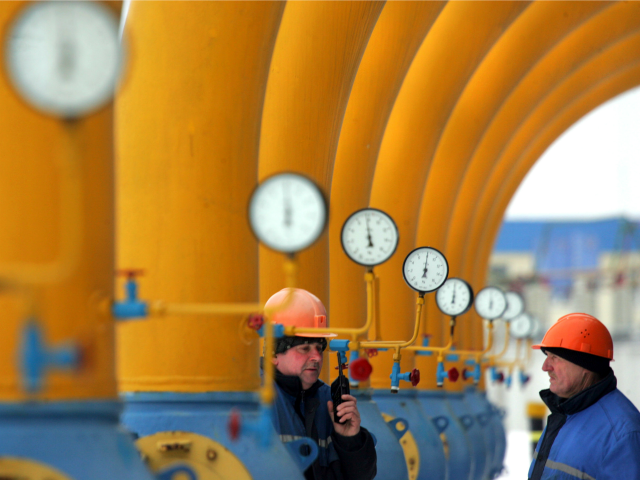Around half of the European customers of Russian energy giant Gazprom have opened euro-ruble accounts, according to Russia’s Deputy Prime Minister Alexander Novak.
Russian Deputy Prime Minister Novak has claimed that half of the 54 companies across Europe that buy natural gas from Gazprom have opened a “k account” — a scheme that allows companies to get around Western sanctions and effectively pay for gas in rubles.
“Moscow will make them known and that of the 54 companies, including large, medium, and small, that have contracts with Gazprom about half of them have already opened accounts, one in foreign currency and one in rubles,” Novak said, promising to name the companies, Il Giornale reports.
The banking scheme allows companies to deposit euros or dollars. Gazprombank then converts them into rubles and places the rubles in a separate account owned by the purchaser, which is used to buy Russian gas.
The first payments for Russian gas in rubles were expected to take place on Friday, May 20th as it was the last day to honour contracts for the supplies that were received by companies last month.
Following sanctions enacted by the West against Russia after the invasion of Ukraine, Russia’s President Vladimir Putin announced in March that Russia would only accept payments for energy in rubles from “unfriendly countries”.
Since then, some countries have seen gas supplies cut off due to the policy and sanctions, including Bulgaria and Poland.
Last week, Russia closed the Yamal pipeline, which also allows natural gas to pass through Poland to Germany, the largest importer of Russian gas in Europe.
Gazprom representative Sergey Kupriyanov explained the shutdown of the Yamal pipeline saying: “A ban is in place on making transactions with and payments to persons under sanctions. In particular, for Gazprom, this means a ban on the use of a gas pipeline owned by (the Polish company) EuRoPol GAZ to transport Russian gas through Poland.”
Putin’s ruble policy appears to have had a very positive effect on the value of Russia’s national currency, with the ruble surging to highs against the U.S. dollar not seen since 2015.

COMMENTS
Please let us know if you're having issues with commenting.